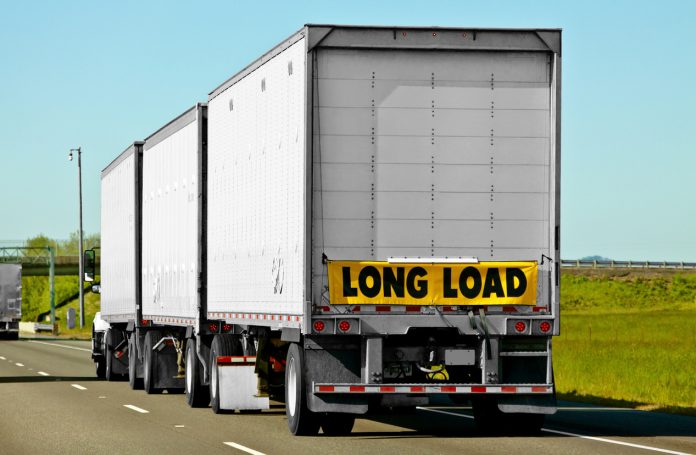Both Canada and the US have passed laws to protect their workforce. One drivers need to pay strict attention to is known as “interstating”. Under reciprocal rules, Canadian drivers are permitted to operate in the US, the same as US drivers are permitted to operate in Canada. Basically, interstating occurs if you hook to a third trailer in the US, or if you load in the US, and deliver in the US. For example, if you bring a load from Calgary to Los Angeles, anything you reload must be going to Canada. If you deliver in Los Angeles, and reload for St. Louis, that is illegal.
You can drop the loaded trailer, and hook to an empty, take it someplace to live load back to Canada, and that is perfectly legal. Same as if you deliver in the US, take that empty someplace else and swap it out for a preloaded trailer. Perfectly legal. But if you drop the loaded trailer, hook to an empty and drive to a shipper, drop the empty and hook to a preloaded trailer, that is not legal. Only under very narrow circumstances can you have handled 3 or more trailers in the US. The penalties for interstating are extremely harsh. You may be charged for working without a permit, your truck, trailer and cargo could be seized and you could be labeled PNG (persona non grata), deported and barred from entering the US for a minimum of 10 years, even as a tourist.
Many companies try to pull the “it’s okay, it’s one of our empty trailers” routine. It does not matter at all. You can not hook to the third trailer in the US. There are exceptions, like recovering a load from a broken down truck, or a trailer that had to be dropped at a repair facility, but there are strict criteria that must be met to avoid stiff penalties.



















